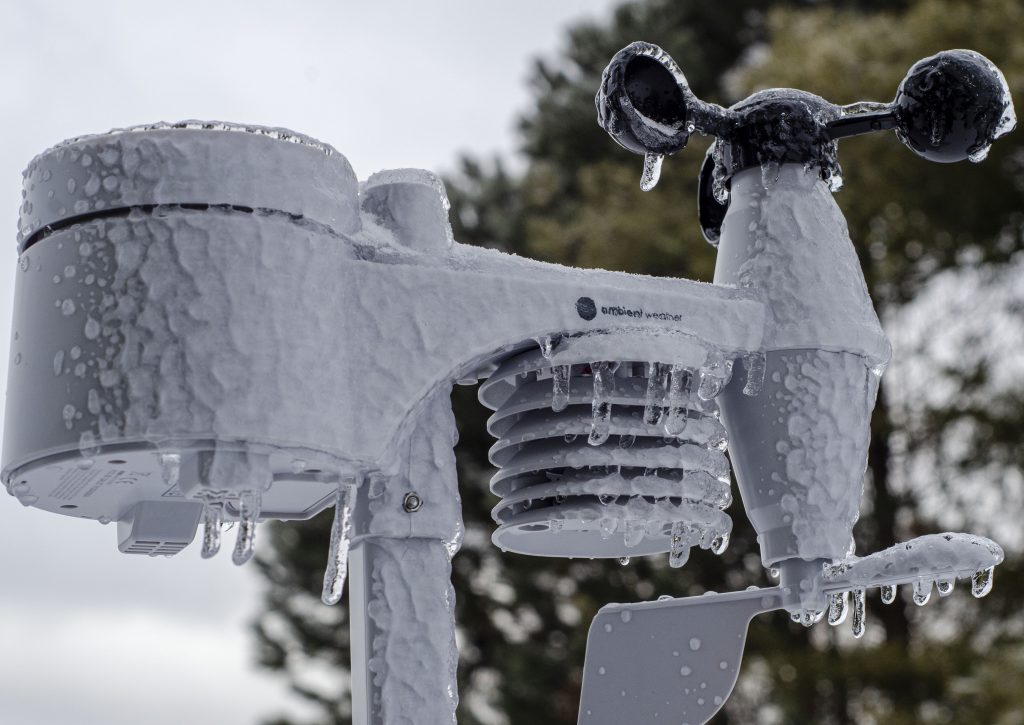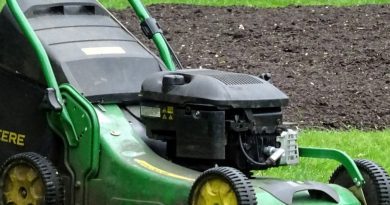Guide to Home Weather Stations

Our editor recently had their weather station stop working, after many years of service and a bout of extreme cold. Being an avid weather nerd, and noticing the offerings on the market had changed, here’s our advice on the best weather stations and their features on the market today.
Disclosure: As an Amazon Associate we earn from qualifying purchases.
Why get a home weather station
The weather forecast for your area that you see on TV or on the internet, usually is only for a specific location nearby. But the weather isn’t the same everywhere- and in fact, can be vastly different even a few miles away from where you are. In extremely rural areas, your weather station might be the only accurate data source. All of this data is shown in real time- you will know exactly what the weather is outside, with no ambiguity.
Weather forecast models are just that- predictions, and even the best models today often fall short of perfect accuracy. If you’re a gardener, you’re going to care a lot if your garden is actually below zero when they were calling for a few degrees above it- a potentially great harvest ruined, all because you didn’t have good data!
Some stations, such as those from Ambient Weather and Acurite, have displays which can connect to your home Wi-Fi connection, and export the data easily to the internet. You can monitor the weather at home remotely, with convenient web interfaces and apps. Depending on the manufacturer, you can also easily connect to Weather Underground, CWOP, and other meteorological networks- some of which work with state weather services to improve forecasts. Your weather data can be a great asset!
What do home weather stations measure?
Modern home weather stations offer access to a full suite of atmospheric sensors. Generally, your sensors will include:
- Indoor and Outdoor Temperature
- Barometric Pressure and Trend
- Wind Speed and Direction
- Solar Radiation and Ultraviolet (UV) Intensity
- Amount of Precipitation, and it’s rate of fall
- Lightning
- Particulate (Air Quality)
Sensor offerings from manufacturers are not universal, but most basic stations will give you temperature, humidity, wind speed, and pressure. Several manufacturers, such as Davis and Ambient, also offer sensors such as soil wetness and soil temperature. Being able to measure temperature of soil and it’s moisture content can be a great asset to gardeners, as well as more broadly for agricultural use.
Reliability
Weather stations are not maintenance free, however require little. Cleaning the rain gauge yearly to remove debris, and an annual battery replacement are the most common maintenance tasks. The outdoor sensor, being exposed to rain, sun and weather; does exhibit yellowing and wear due to being located outside. The humidity sensor is a common failure part, but replacements are generally available.
Accuracy
Thanks to modern electronics and mass manufacturing, most stations are very accurate out of the box. While individual instruments vary, we have found that many consumer devices can easily meet the same standards for temperature and pressure that the FAA uses for airport weather stations.
Manufacturer specifications are often worst case. For the vast majority of users, you can rest assured knowing that even a budget device will be reliably accurate. In addition, most devices offer calibration adjustments. If you have known standards for temperature, humidity, or pressure, it’s easy to change your device to match.
A word about the forecast icons on your indoor display
The weather forecast icons you see on your in-home display usually only take barometric pressure into account and are a very “broad strokes” forecast of 6-12 hours ahead. The exception to this are stations from Davis, Which require an accurate altitude and latitude to be input to the display, but seem (in our experience) to give better results.
Weather forecasting methods do exist which take more data points into account. Two excellent examples of this are the Zambretti Forecaster and Sager Weathercaster, both devices consider barometric pressure trend and wind direction. Accuracy from these slide-rule forecasts in the 80-90% accuracy range for 6-12 hours ahead; and for rural, off-grid, or marine applications are an excellent supplement. Why manufacturers haven’t integrated these features into displays is beyond us- It’s possible they simply don’t know they exist.
Major Brands
Acurite
Acurite has a diverse offering of instruments, ranging from simple tabletop temperature monitors to prosumer grade outdoor weather stations. Our editors first outdoor station was from Acurite, and it gave reliable service for many years. Acurite has excellent display offerings which are easy to read, simple to set up, and require little attention afterward.
Ambient Weather
Ambient Weather offers a multitude of home grade outdoor weather instruments. Reviews online are generally positive, but we really like Ambient Weather stations for how easy the system is to expand. Ambient Weather devices are also easy to add to other services, with excellent integration with Weather Underground, as well as MADIS ingest via AmbientCWOP. These features make Ambient Weather stations extremely popular among weather enthusiasts
Davis Instruments
Davis is a well-known manufacturer of professional weather instruments, with over 50 years in the industry. The brand has proven a penchant for excellent quality control and accuracy- albeit at a price which often gives many consumers pause.
Davis outdoor instruments are reliable and well made, however the appearance of their displays very much is stuck in the late 90s- While other companies have embraced full color displays and an improved feature set, Davis still sells (as of May 2022) monochrome indoor displays with no integrated wi-fi or ways to export data; although internet connectivity is available at an additional cost.
Our Top 3 Choices
There’s a lot of systems out there, and with inflation increasing and budgets shrinking, we know you’re going to want a reliable option that doesn’t break the bank. There are no top end models or budget junk here- just excellent mid range options from reliable brands.
Ambient Weather WS-2902C
This is our #1 recommendation for a new weather station. The WS-2902C gives you a full suite of sensors, including temperature, humidity, wind, pressure, a rain gauge, and solar radiation sensor. The console is Wi-Fi enabled, allowing you to easily send your weather data to ambientweather.net, weather underground, and AmbientCWOP. The station can be expanded easily with additional displays and sensors; And the manufacturer offers a reliable upgrade path to re-use parts of your system, should you chose to increase your capabilities in the future. We think for most people they’ll be extremely satisfied with this station, and it will give many years of reliable service.
AcuRite Iris (5-in-1) Weather Station with Wi-Fi Display
This is one of our favorites! The Wi-Fi display is gorgeous, easy to read at a distance, and easily connects to My Acurite, for checking your weather remotely or connection to Weather Underground. The 5-in-1 outdoor sensor has an integrated rain collector, and solar powered aspirating fan to increase temperature and humidity accuracy in poor conditions. The unit is not solar powered (It still takes AA’s to power the wireless sensors) however battery life is 12-18 months, and the display will let you know when the batteries need replaced. If expandability is not as big of a concern and you want a “one and done” weather station, this is an excellent choice.
Davis Vantage Vue
Davis’s Budget offering, the Vantage Vue is similar to the WS-2902C above, minus the inclusion of a solar radiation sensor. Instead of a wall mountable display, Davis offers the Vantage Vue with a wireless monochrome tabletop console. There is no internet connectivity in this version, but an additional Davis WeatherLink Live Wireless Data Collection Hub can be bought, to add wireless connectivity to the system.


